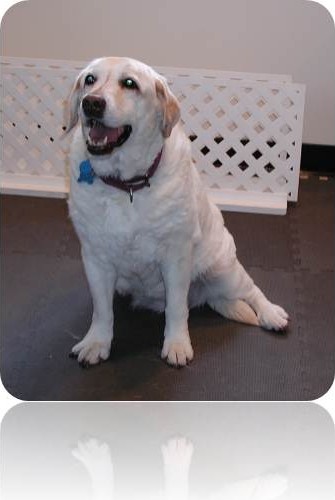

 |
 |
||
|
|||
| Home | |||
 |
||
| The Amputee | ||
Patients who have had a limb amputated represent a special patient population. Amputation may be required because of disease, such as cancer or from a traumatic injury, such as an automobile accident. When working with an amputee, the health care team needs to consider the physical implications for the patient as well as the impact of emotional issues for the animal guardian. With the right plan in place and supportive measures, almost all amputees do very well and can have full and happy lives. The pain medications used around the time of surgery can have a huge impact on success. There is a significant risk of chronic pain and phantom pain developing and persisting after surgery. With a multimodal approach to analgesia, this can be minimized. Pain medications should be included before, during and after surgery. An analgesic plan may include medication infusions, epidurals and other local analgesic techniques with a variety of oral medications after surgery. It is important to consider the entire dog or cat. We have to look at the stress additional weight bearing will place on the other limbs. These patients will have altered limb use and gait, making joint preservation and the slowing of osteoarthritic progression exceedingly important in the remaining limbs to maximize success. Ideal weight management is critical in these patients. The burden of even a few extra pounds can make getting around more difficult. Physical rehabilitation therapy (PRT) uses therapeutic exercise to increase balance and strength in the remaining limbs as well as strengthen the core muscles to improve function. PRT is also very useful to control pain after surgery and promote healing with the use of low level laser therapy, electrical stimulation, thermotherapy and manual therapies. The home environment for an amputee must be carefully considered. There may be additional challenges in and out of the car, onto furniture and on slippery surfaces. Assistive devices such as ramps or harnesses should be considered. When surgery is planned in advance, PRT beforehand, or “pre-hab” can help physically prepare the patient for upcoming challenges. Prosthetic devices are available for animals after amputation. They can provide increased mobility and function. It is best to plan for this and involve a prosthetic specialist before surgery, but even if surgery was years ago, a prosthetic device can be helpful. Wheelchairs may also be considered, helping dog or cat with reduced mobility be more active and independent.
|
||
|
||
| Patient Case Reports | |||
 |
|||